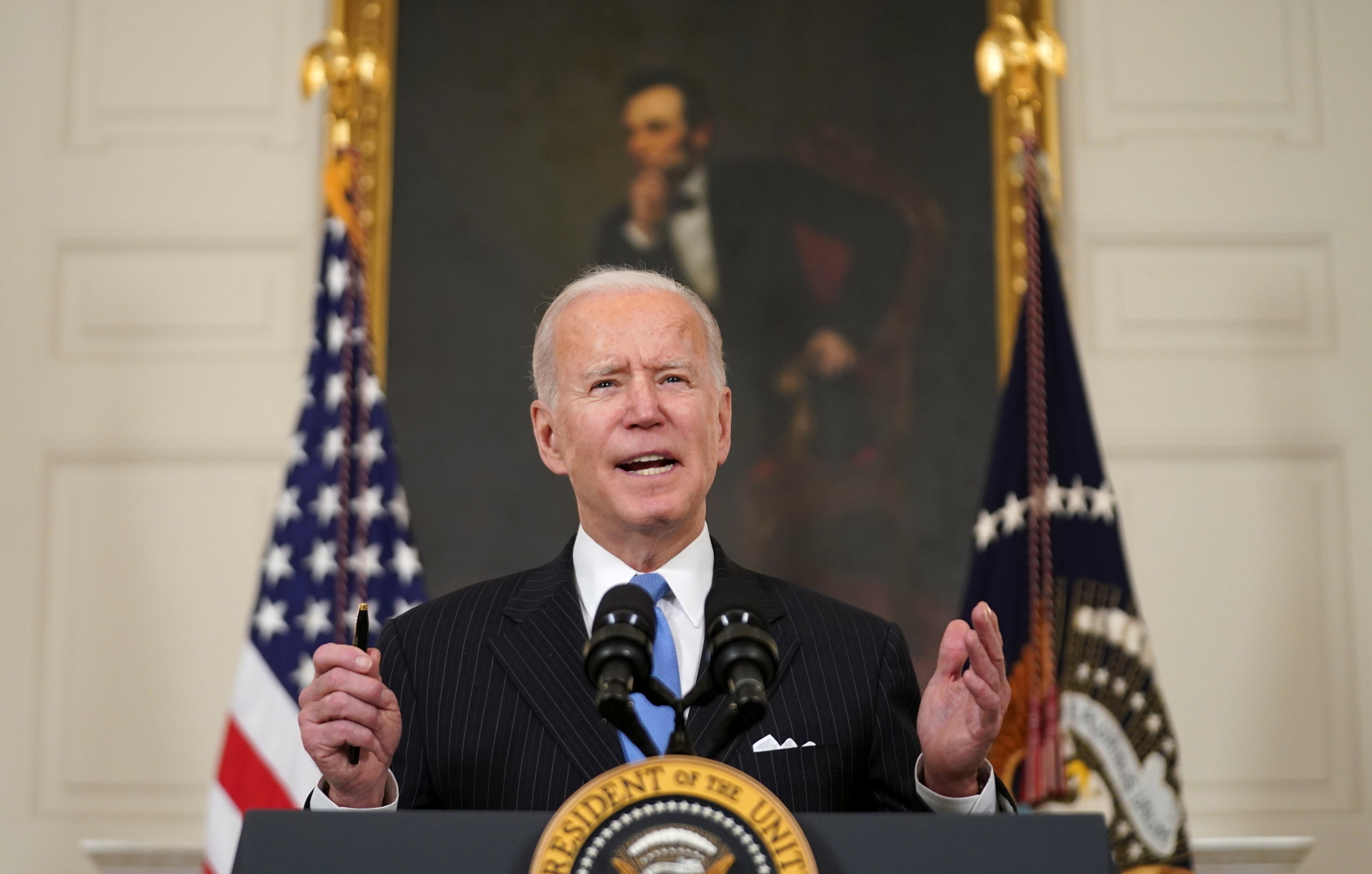The volume of the public debt of the United States exceeded $ 28 trillion - for the first time on record.
This is evidenced by data from the US Treasury Department.
The debt of the American government began to increase sharply back in 2020.
So, from January to December, the indicator added almost $ 4.5 trillion, although before it grew by no more than $ 1.5 trillion a year.
“In the United States, budget spending on the fight against the consequences of the coronavirus pandemic has increased significantly.
Large funds were required for various anti-crisis programs, assistance to business and the population.
Funding comes from borrowing in the bond market, as a result of which the state debt of the States is growing, "Viktor Supyan, deputy director of the Institute of the USA and Canada of the Russian Academy of Sciences, told RT.
According to the experts of the American Committee for Responsible Approach to the Federal Budget (CRFB), the country's authorities have already allocated about $ 4 trillion to support the economy.
Moreover, in 2021, the Joe Biden administration plans to allocate another $ 1.9 trillion for these purposes.
“It may well turn out that the announced package of economic support measures will not be the last.
Against this background, in 2021 the US national debt is capable of exceeding $ 32 trillion, ”Alexey Kirienko, managing partner of EXANTE, suggested in a conversation with RT.
Joe Biden
© REUTERS / Kevin Lamarque
According to experts, the need to build up debt is associated with a lack of funds in the US budget.
So, at the end of 2020, the expenses of the American treasury exceeded revenues by $ 3.13 trillion.
The volume of the budget deficit came close to the mark of 15% of GDP and became the maximum since 1945.
These data are cited by the Federal Reserve Bank of St. Louis.
According to the forecast of the US Congressional Budget Office (CBO), in 2021 the negative difference between revenues and expenditures of the American treasury will be about $ 2.3 trillion, or 10.3% of GDP.
However, according to experts interviewed by RT, the real budget deficit at the end of the current year may turn out to be much higher.
“The fact is that the CBO forecast does not take into account Biden's additional measures of economic assistance.
The final version of the new stimulus package has not yet been approved, and the impact of these measures on the national debt also remains unclear.
However, the budget deficit may turn out to be $ 1.2 trillion higher than expectations, "said BCS World of Investments expert Albert Koroev in an interview with RT.
Interest return
Note that to cover the budget deficit, the US Treasury Department issues special Treasury bonds (Treasuries).
American and foreign investors buy securities and receive a stable income from them, in fact, lending their money to the American economy.
These funds are used to pay off the budget deficit.
The yield on Treasury bonds depends on the interest rate set in the country.
It is noteworthy that in 2020 the US Federal Reserve cut the rate from 1.5-1.7% to 0-0.25% per annum.
The regulator pursues such a policy to stimulate the economy: loans become cheaper, and business and consumer activity begins to grow.
Meanwhile, following the cut in the US Federal Reserve's interest rate, Treasury yields fell sharply.
According to the US Treasury Department, from January to July 2020, interest on US government securities with a ten-year maturity fell from 1.9 to 0.5% per annum.
As a result, the cost of servicing new debts has significantly decreased.
As Pyotr Pushkaryov, an analyst at TeleTrade Group, told RT, additional pressure on the yield of US Treasury securities in 2020 was exerted by a high inflow of investments in Treasuries.
So, in the conditions of the global crisis, many investors actively bought up state securities of the States for more reliable savings of money.
However, with the weakening of quarantine measures and the start of vaccination against coronavirus in the world, the global economy began to gradually recover.
Against this background, investors began to massively withdraw money from US Treasury bonds and invest in other financial assets.
As a result of the outflow of investments, Treasury yields began to grow rapidly and today have returned to the 1.4% per annum mark.
Thus, it became more expensive for the US government to borrow new money in the market.
“To service current debts, the States have to take out new loans.
However, borrowing money at 0.5% per annum or refinancing old debt at low interest rates, like in 2020, will be impossible when the virus is left behind.
The US Federal Reserve was able to make the most of the crisis, instantly dropping interest rates to almost zero, but it will no longer be possible to pay investors a pittance for their voluntary investments in the US economy, ”said Pushkarev.
According to the forecast of the American government, in 2021 the cost of servicing the US national debt will increase by $ 2 billion - up to $ 378 billion, and in 2022 it will approach $ 400 billion. Against this background, the payment of interest on debts will become more and more burdensome for the American budget, Viktor believes. Supyan.
As a result, the country's economy may face a range of financial risks in the long term.
“The first risk is a lack of funds for regular payments on the state debt and difficulties with current payments. In addition, in the event of a new turbulence in the global economy, some countries, for example, China, which has a difficult relationship with the United States, may begin to withdraw money from the American public debt. Beijing has already carried out such manipulations, and if they occur frequently, it may cause certain tension in the American economy, "concluded Victor Supyan.

